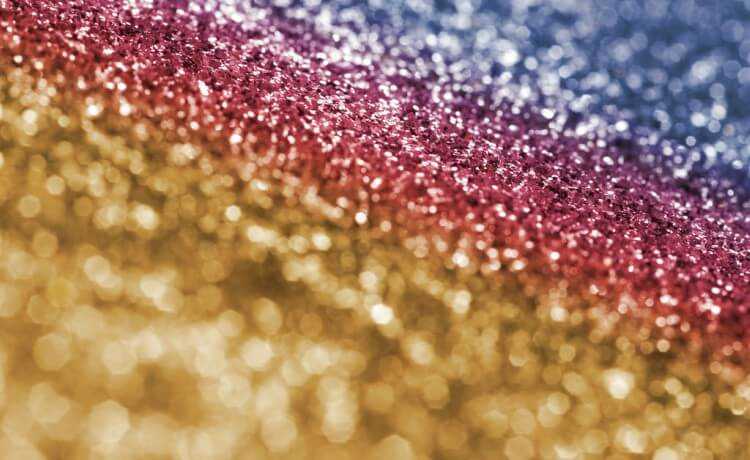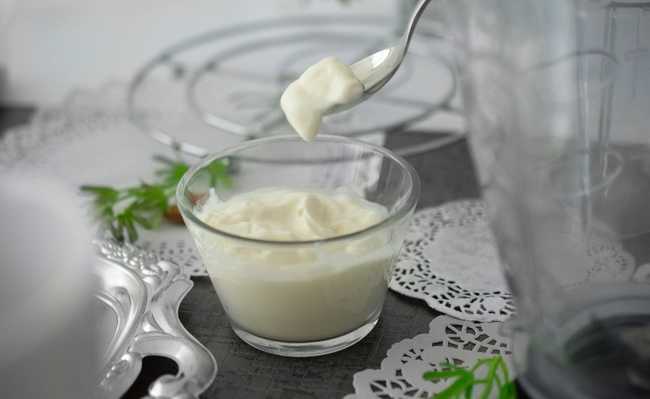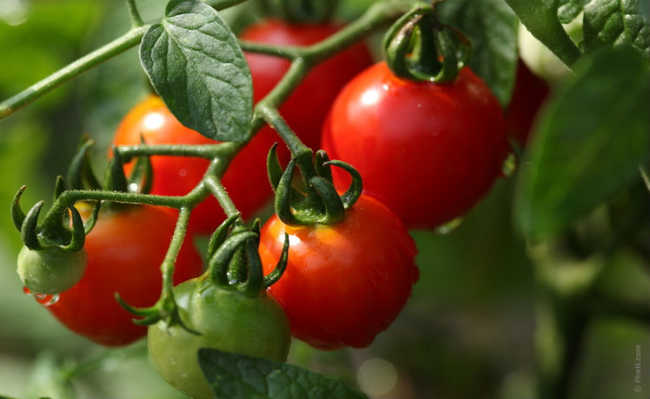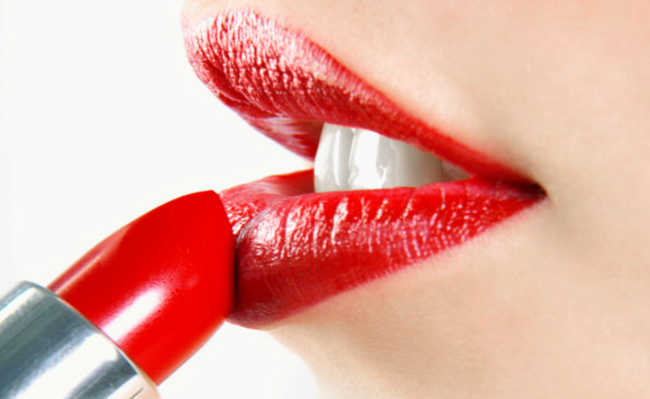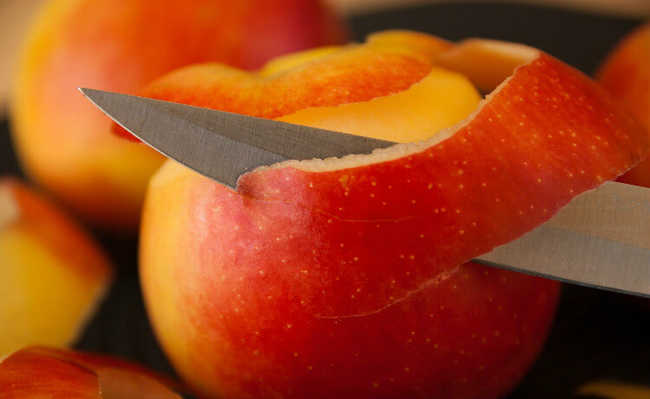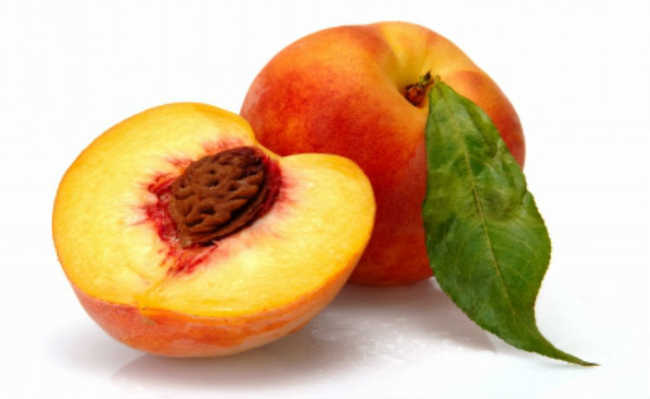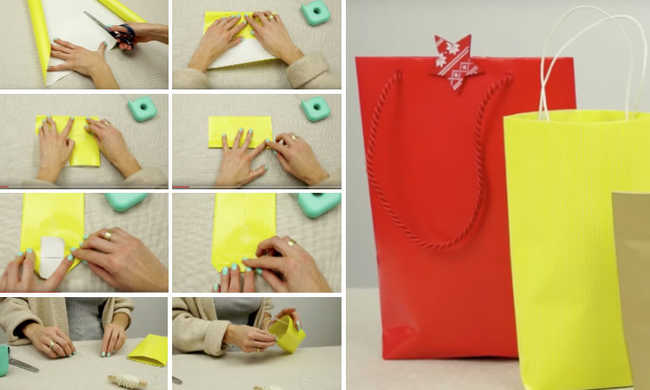The danger of microplastics in exfoliants
The microspheres contained in these products are contaminating the oceans and harming aquatic life. See how to avoid them

There's nothing better than exfoliating your face after a long, stressful day. It helps to remove dead cells and impurities, leaving the skin looking cleaner, healthier and radiant.
But did you know that some of these products can be very dangerous and polluting for the environment?
Exfoliants are composed of granulometric substances, which are responsible for the exfoliation provided to the skin. But often these colored balls present in these products are polyethylene microspheres, and are better known as microplastics - highly polluting and contaminating the waters of seas, rivers and lakes.
Exfoliants are the main products that contain microplastics, but they are not just them. Unfortunately, one can point to the presence of microplastics in cosmetics, toothpaste, hand and body soaps.
All these almost invisible balls end up in rivers and oceans after being used. And what ends up happening? Small crustaceans and fish feed on them. The problem is that these microplastics absorb pesticides and heavy metals, which, when they don't kill the asphyxiated fish, can end up on consumers' tables. Small fish feed on these polyethylene microspheres; later, a larger fish feeds on the smaller one that is contaminated, birds feed on the fish and the contamination gets worse and worse.
Are wastewater treatment plants unable to remove them from the water?
Unfortunately not! A study by Fendall and Sewell found that microspheres are too small to be filtered during the water treatment process. This means that they go directly into the environment and, once dumped, are unlikely to be removed later.
Organizations like 5 Gyres Institute have been working to warn and raise awareness about this issue. In 2012, they collected samples, using special nets from three large lakes, and found around 600,000 microspheres. Research continues to see how contaminated the waters and aquatic life are.
Watch the video of the test carried out by the NGO.How to avoid

Source: 5 Gyres Institute
Most of the best-known brands in the conventional cosmetics sector have products that contain microspheres. To identify them, just check the name polyethylene or polypropylene on the packaging labels.
There are also applications that identify hygiene products that contain microplastics, facilitating their verification.
For people who cannot live without exfoliation, there are homemade solutions, such as sugar, salt, coffee, cornmeal, which are cheaper, less harmful and less polluting alternatives.
Prefer to use natural and organic cosmetics that use rice bran, quartz crystals, apricot seeds, among other options, instead of microplastics. Clays can also replace exfoliating products as they have the same properties.
See how to make your homemade exfoliant using only natural and non-polluting compounds:- Learn how to make a homemade scrub with sugar
- Recipes with ripe bananas and unusual uses for their peels

